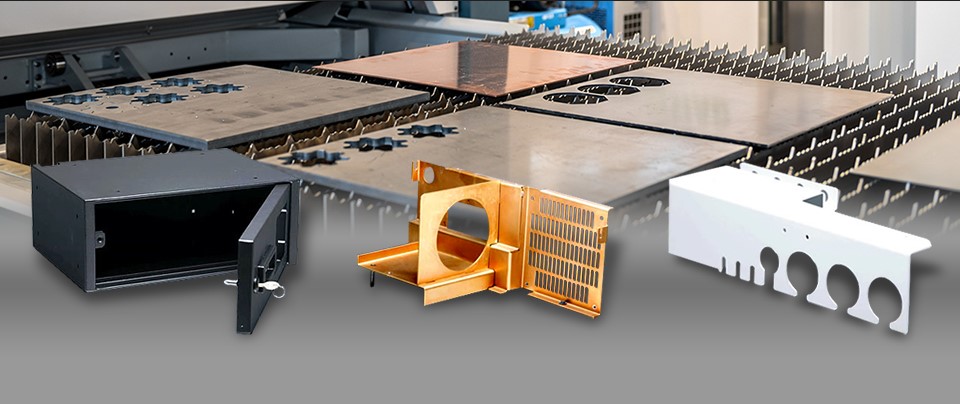
From Blueprint to Built Form: The Art of Sheet Metal Fabrication
Sheet metal fabrication is the backbone of countless industries, transforming flat sheets of metal into a diverse range of functional and often intricate shapes. It’s a process that blends engineering precision with artistic creativity, breathing life into designs for everything from everyday appliances to aerospace components. This article delves into the world of sheet metal fabrication, exploring the techniques employed, the materials used, and the vast array of applications for this versatile craft.
The Tools of the Trade: Techniques in Sheet Metal Fabrication
Sheet metal fabrication utilizes a variety of techniques to manipulate and shape the metal:
- Cutting: Cutting is the foundation of sheet metal fabrication. Techniques like shearing, laser cutting, and waterjet cutting allow precise cuts in various shapes and sizes.
- Bending: Bending machines create precise folds and angles in the sheet metal, transforming flat sheets into three-dimensional shapes.
- Punching and Shearing: Punching creates holes of various sizes and shapes, while shearing removes unwanted metal sections, which are crucial for creating intricate designs.
- Forming: Forming techniques like rolling and pressing shape the metal into curved or contoured shapes, expanding the design possibilities.
- Welding and Joining: Welding techniques like MIG and TIG welding securely join separate pieces of sheet metal, creating a strong and permanent bond.
Material Matters: Choosing the Right Sheet Metal
The type of sheet metal used plays a vital role in the final product:
- Stainless Steel: Offering excellent corrosion resistance and durability, stainless steel is a popular choice for applications requiring hygiene or exposure to the elements.
- Aluminum: Lightweight and corrosion-resistant, aluminum excels in applications where weight reduction is a priority.
- Galvanized Steel: Zinc-coated steel offers a good balance of affordability and corrosion resistance, making it suitable for various applications.
- Copper: Copper is highly malleable and conductive and often used for electrical applications or decorative elements.
A World of Applications: Where Sheet Metal Fabrication Reigns Supreme
Sheet metal fabrication finds applications in a vast array of industries:
- Construction: From roofing and siding to ductwork and HVAC systems, sheet metal is ubiquitous in modern construction.
- Automotive: Car bodies, engine components, and even decorative trim pieces often utilize sheet metal fabrication.
- Appliance Manufacturing: Countless appliances’ casings and internal components rely on precisely fabricated sheet metal.
- Aerospace: Aircraft fuselages, wings, and other structural elements often utilize lightweight, high-strength sheet metal alloys.
Beyond Functionality: The Artistic Potential of Sheet Metal
While primarily functional, sheet metal fabrication can also be an artistic medium. Skilled metalworkers can create sculptures, decorative panels, and architectural features with intricate details and stunning finishes. This creative approach can be further enhanced by combining sheet metal with other materials like foam inserts to create unique and visually striking pieces.
Conclusion
Sheet metal fabrication is a vital process that shapes our world. From the utilitarian to the artistic, its applications are boundless. By understanding the techniques employed, the materials used, and the vast array of applications, we gain a deeper appreciation for the craftsmanship and ingenuity behind this versatile art form. So, the next time you encounter a piece of sheet metal, take a moment to admire the transformation – from a flat sheet to a functional or artistic masterpiece.



